 Common Ground-Dove (Columbina passerina)
Common Ground-Dove (Columbina passerina)
 Common Ground-Dove (Columbina passerina)
Common Ground-Dove (Columbina passerina) |
 |
| Pictures (click on them to enlarge) | ||
|---|---|---|
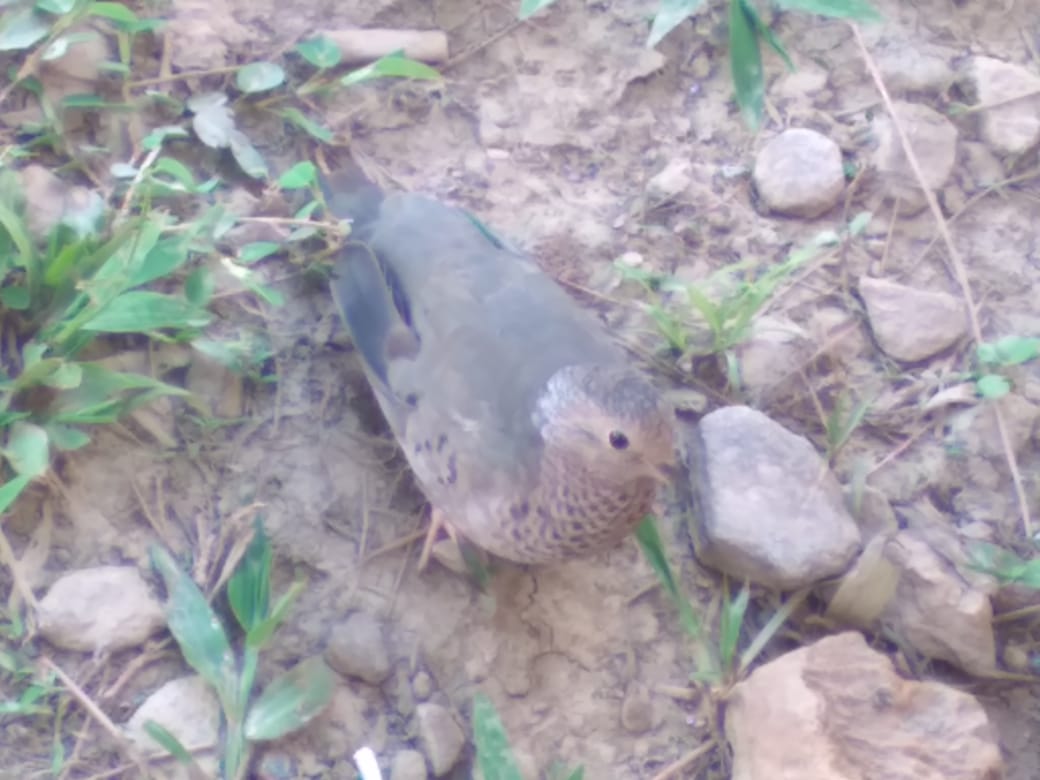 not afraid © Serano Ramcharan | 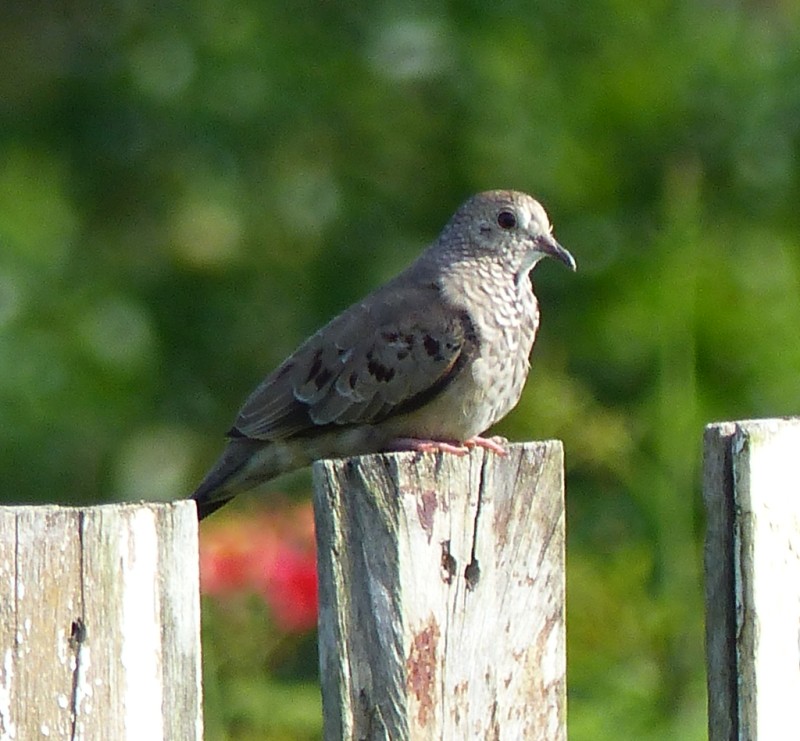 © Jan Hein Ribot | 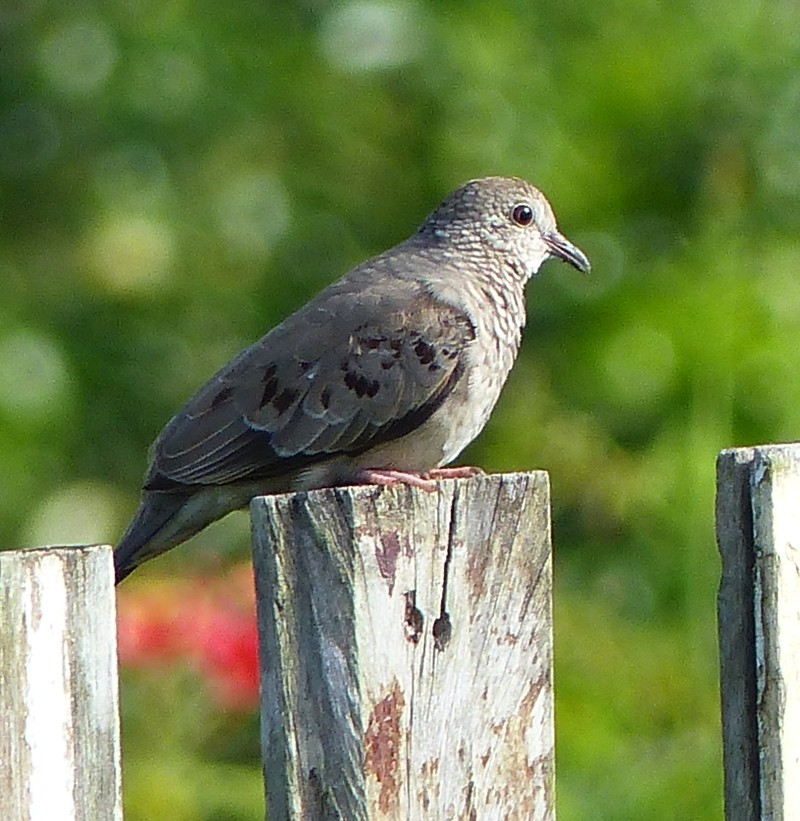 © Jan Hein Ribot |
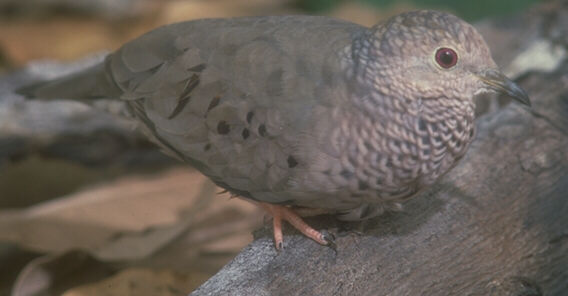 © John S. Dunning | 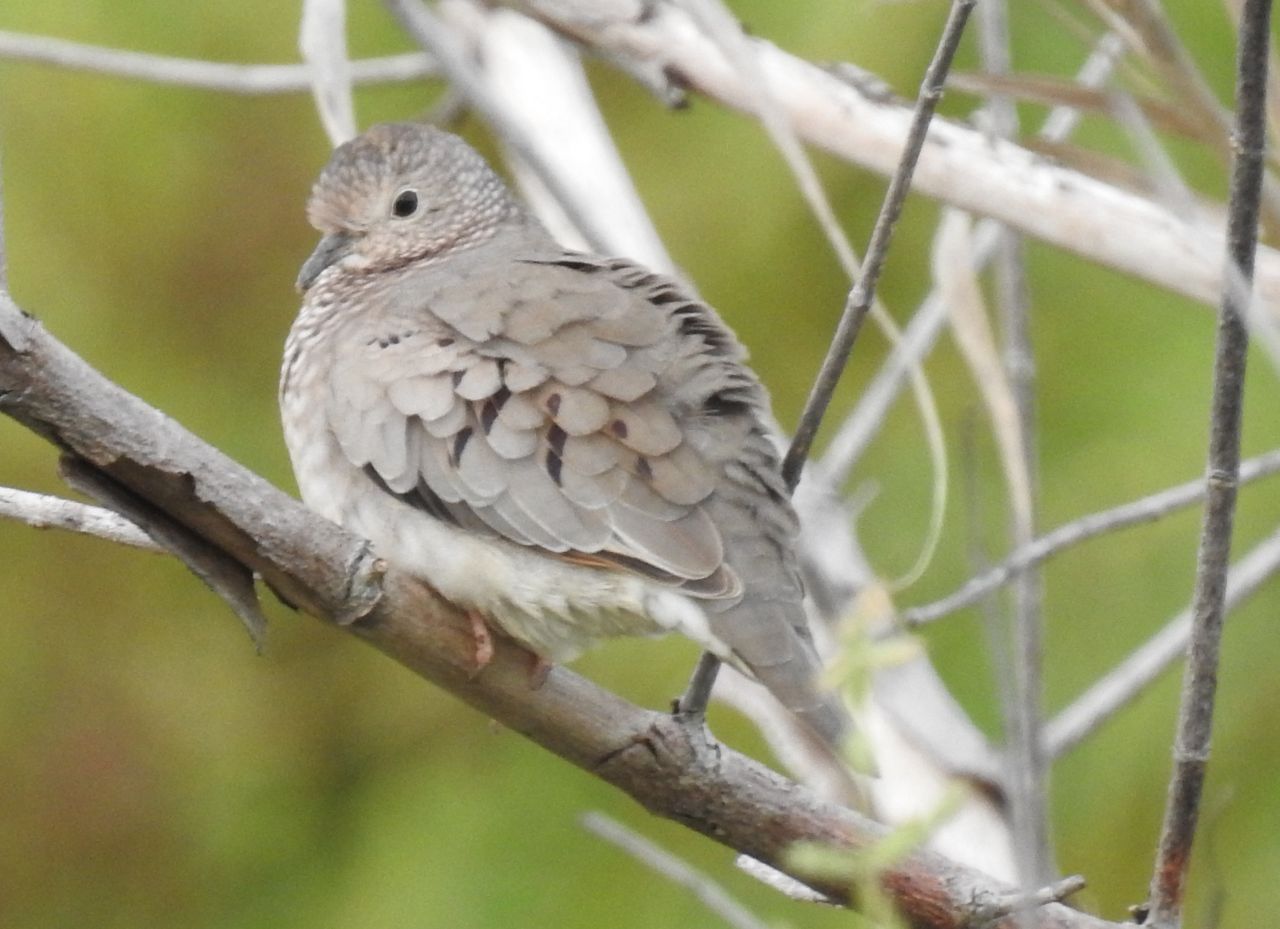 © Dominiek Plouvier | 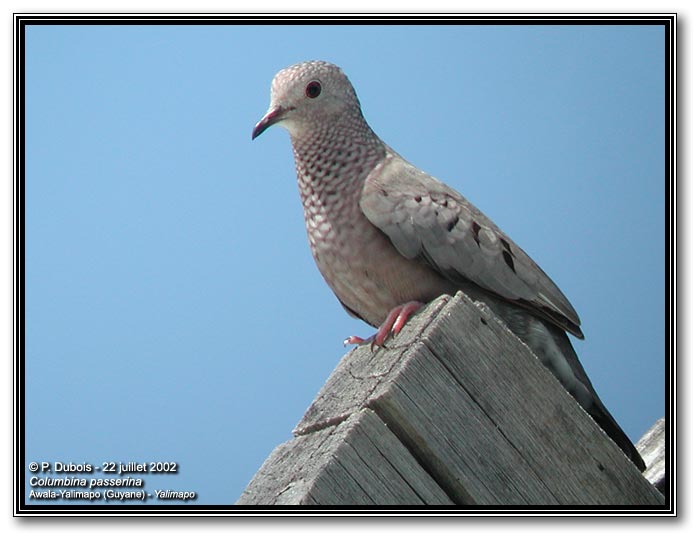 French Guiana © Pascal Dubois |
| The common ground-dove is a small dove, brown above with some rose below and a scaly breast. This kind of ground-dove is less common in town, but you can see it often on places with more sand (or on the shell-ridges). On such surfaces they are well camouflaged. All ground-doves spend the day mainly on the ground searching for food. They nod while walking, all the time looking for seeds, berries and insects. If the male wants to make an impression on a female, he will walk in front of her or just behind her, showing off his raised feathers, while making soft noises. The nests are found low in bushes. The first picture was made by the late J.S. Dunning, in Suriname. The one below by Pascal Dunning in French Guyane in 2002. Dominiek Plouvier made the video of a common ground-dove. |
| Video (click the link or the 'play'-button to see) | ||
|---|---|---|
| Video recording of a Common Ground-Dove © ; |
|
|
||||||||||||||||||||||||||||||||||||||||||||
| Observations through the year | Observations of breeding through the year |
|---|---|
| The 560 reported observations of this bird in Suriname, mainly for the last 50 years up to 2018, have been grouped by month. More birds on one day are counted as one observation. Of course, if the graph should depict the total number of birds seen, the differences between the months could be much more pronounced. | The 102 reported breeding observations of this bird in Suriname. Most observations are about nest with eggs, some about fledglings, or feeding at a nest or the building of a nest. Of the about 5000 nests and eggs found for all species together, about 1/3 comes from the egg collection of Penard between 1896 and 1905. For some reason most collecting then was done in the first half of each year, so the shown distribution does not necessarily reflect the actual breeding preferences. The main dry season in Suriname is reckoned to be from half August to the end of November, the main wet season from half April to half August, but the the timing of begin and end does vary from year to year. Around March a second dry season often occurs. |